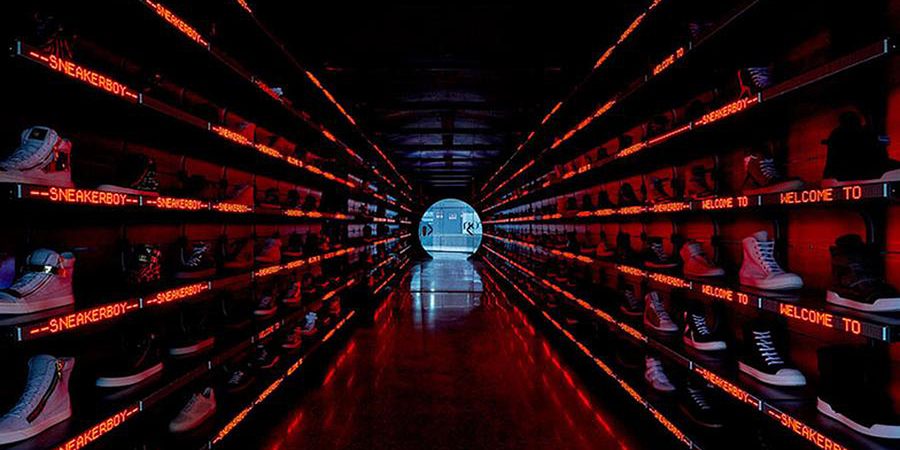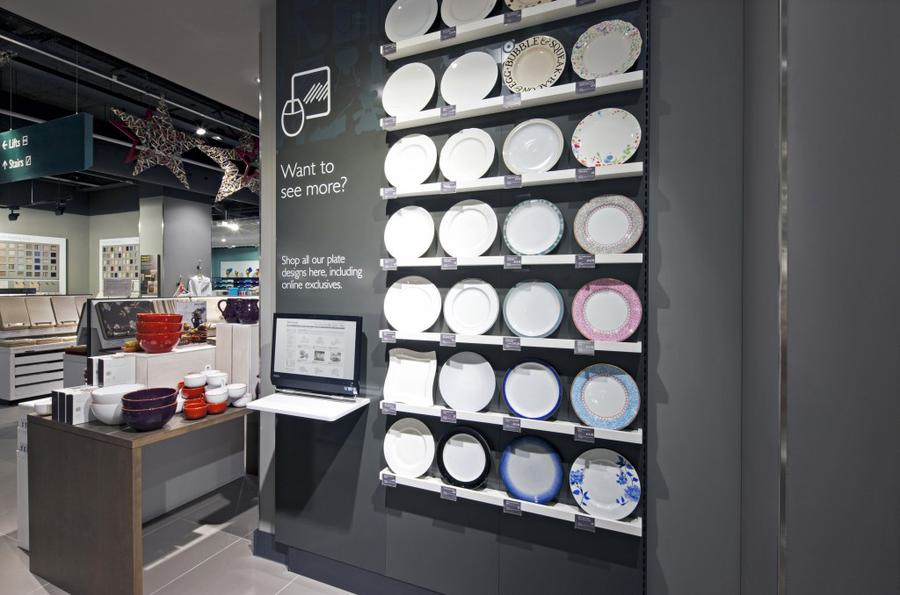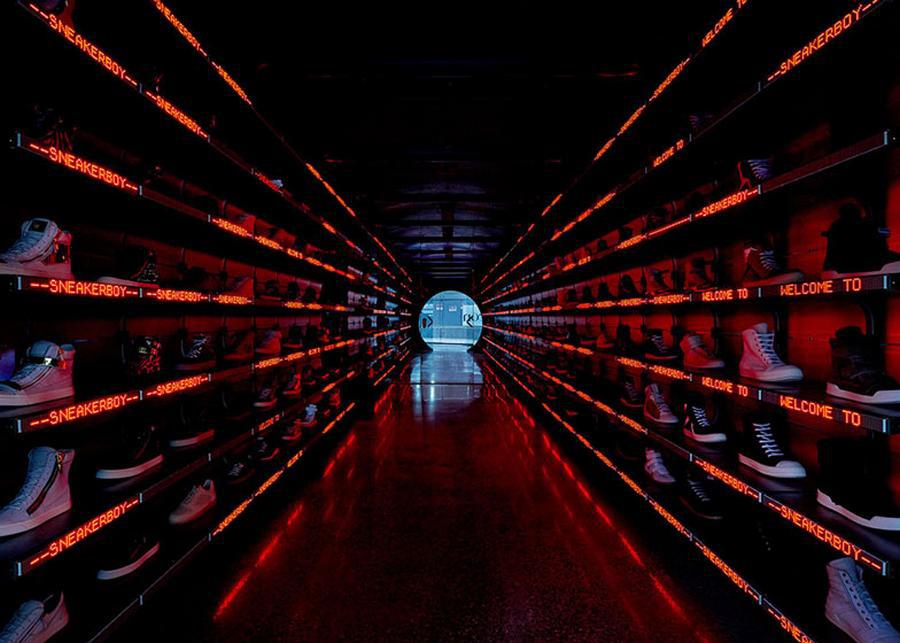Retail trend to watch: webrooming
Our Marketing Director, David Wright, discusses the rise of 'webrooming' - the process of researching online prior to in-store purchasing.


Our Marketing Director, David Wright, discusses the rise of 'webrooming' - the process of researching online prior to in-store purchasing.



It’s the moment every retailer today dreads – when a customer, who has spent time in store trying out products, whips out a mobile phone and buys the item elsewhere.
Yet, while Showrooming may have been the focus of retailers’ worries in recent years, there’s a new buzzword in multichannel retail that’s turning this process on its head: webrooming. What’s more, neither necessarily sounds a death-knell for bricks-and-mortar retail.
The concept of showrooming has been discussed on many occasions. In essence, it describes the trend for consumers to price shop online, in store, with different and often pure-play businesses. On the other hand, webrooming is the process of researching products online before visiting a store to make a purchase.
Payment technology company Merchants Warehouse has found that 69% of Brits with smartphones within the 18-36 demographic have webroomed, while 50% have showroomed. Among 37-48-year-olds, the figures are 71% versus 53%. A US study by Accenture tells a similar story: 88% have webroomed before, while 73% have showroomed.
So, what can we learn from the stats? Although the majority appear to webroom, both activities are widespread. Evidently, the retail process is more complex, dynamic and splintered than ever, with many consumers alternating between the two behaviours depending on what they’re shopping for: electronics, mobile phones and computers were the most popular items to buy online, while apparel, groceries and appliances topped the table for in store (Source: Interactions). Digital and physical are no longer mutually exclusive, and smart retailers are unifying the two to drive store customers online, and online customers in store.
Some retailers have already begun. Our work on John Lewis’ small-format department stores – roughly half the size of its full-line stores – act as showrooms with the option to browse a virtual stockroom accessed through strategically placed digital touch-points in store. This approach had a significant impact on online sales across Exeter following the store’s opening. Its click-and-collect service is also flourishing nationwide, offering greater convenience and peace-of-mind for consumers on the go, while increasing the retailer’s opportunities for cross-selling.

Australian footwear retailer Sneakerboy takes the showroom mentality even further. Its stores do not carry stock or a fixed POS, but encourage customers to touch, scan and purchase products in store via a Sneakerboy app or store iPads. Delivery is then offered to their home within three days of purchase.
Though their target markets and brands are very different, both retailers have embraced the idea that consumers will inevitably turn to mobile during the shopping journey and they’ve grasped that internet connectivity can enrich physical retail (and vice versa) rather than kill it. Sneakerboy and John Lewis have focused on enhancing the elements the e-tail giants can’t compete with – social, experiential store environments where you can touch and try product, benefit from a personal service and be given the choice to hop between channels. Blending the tactility of a physical store with the efficiencies of the internet can be a winning combination.
There’s also a growing recognition that ‘value’ does not simply mean cheap among today’s time-poor consumers; a rock-bottom price may well be too high a price to pay for botched delivery or poor customer service. Whether the journey starts and ends online or offline, retailers that deliver on their customers’ expectations and provide them with a seamless shopping experience will prosper.
After all, perhaps the most important (certainly the highest) figure in the Accenture Seamless Retail Study was the 89% of consumers who believed retailers should let them shop for products in the way that is most convenient for them, regardless of which sales channel they choose. So although the landscape may look different, it seems the traditional tenets of retail – convenience, trust, value and choice – still ring true.